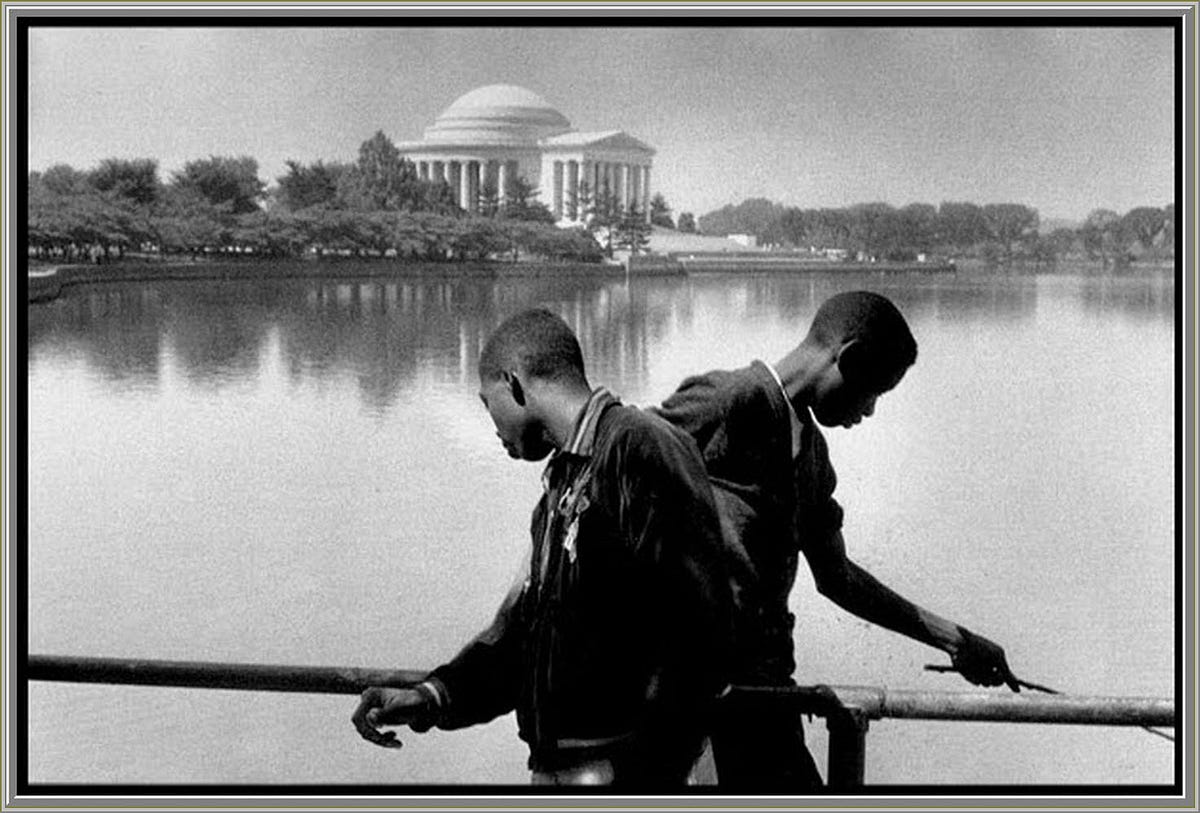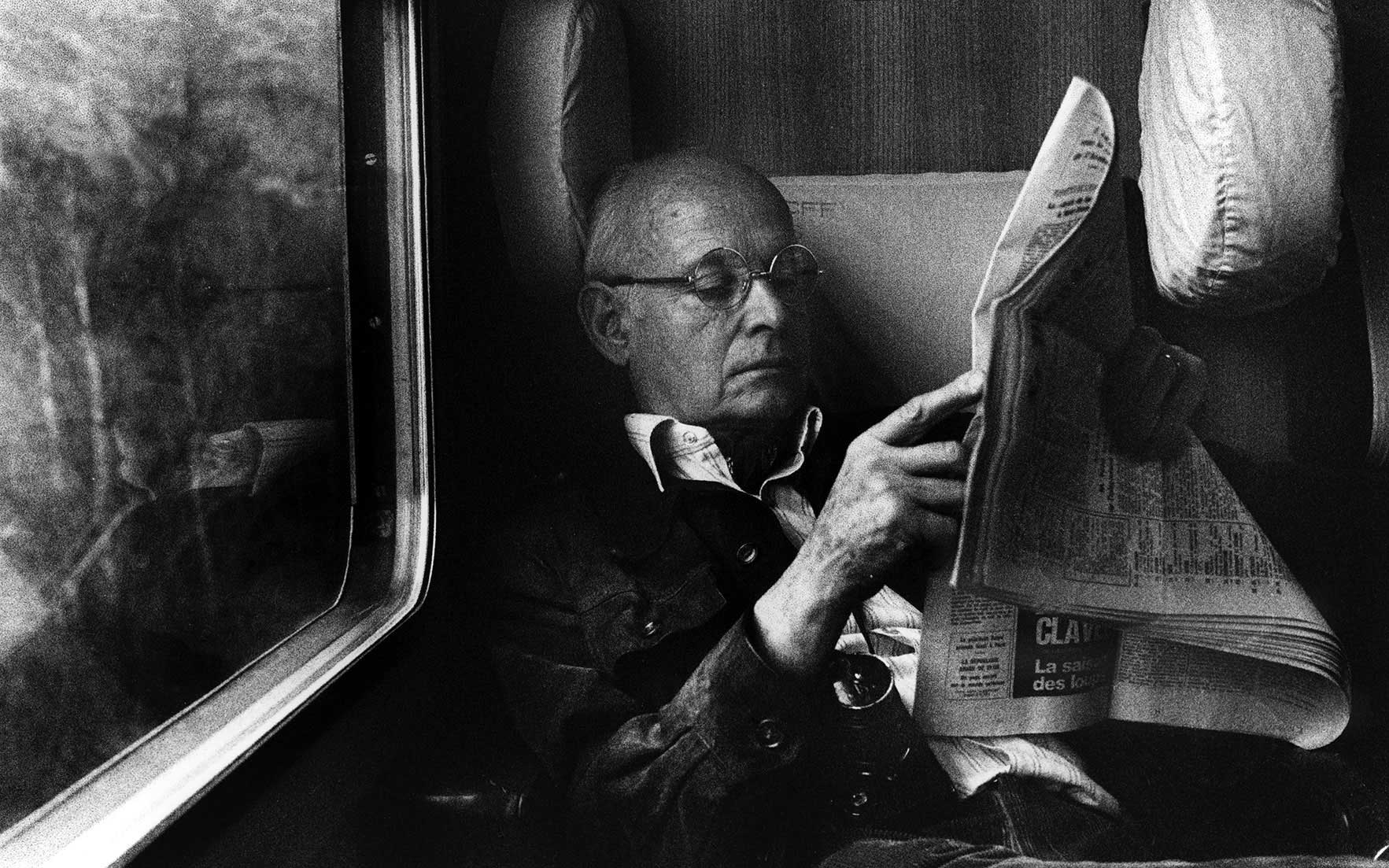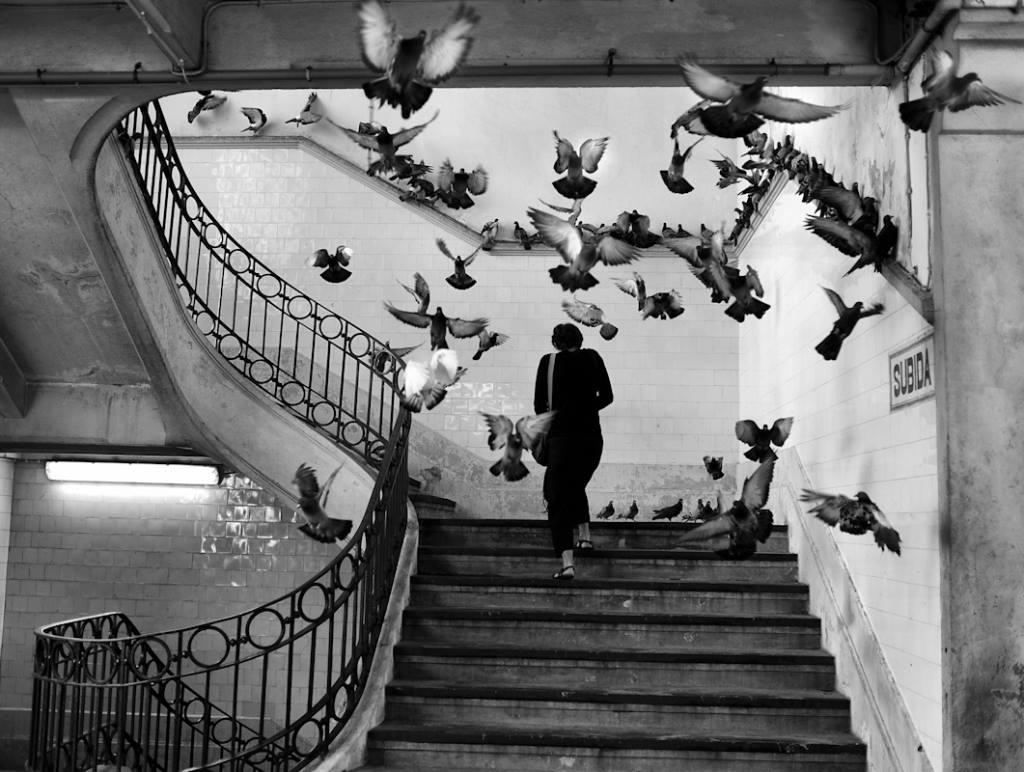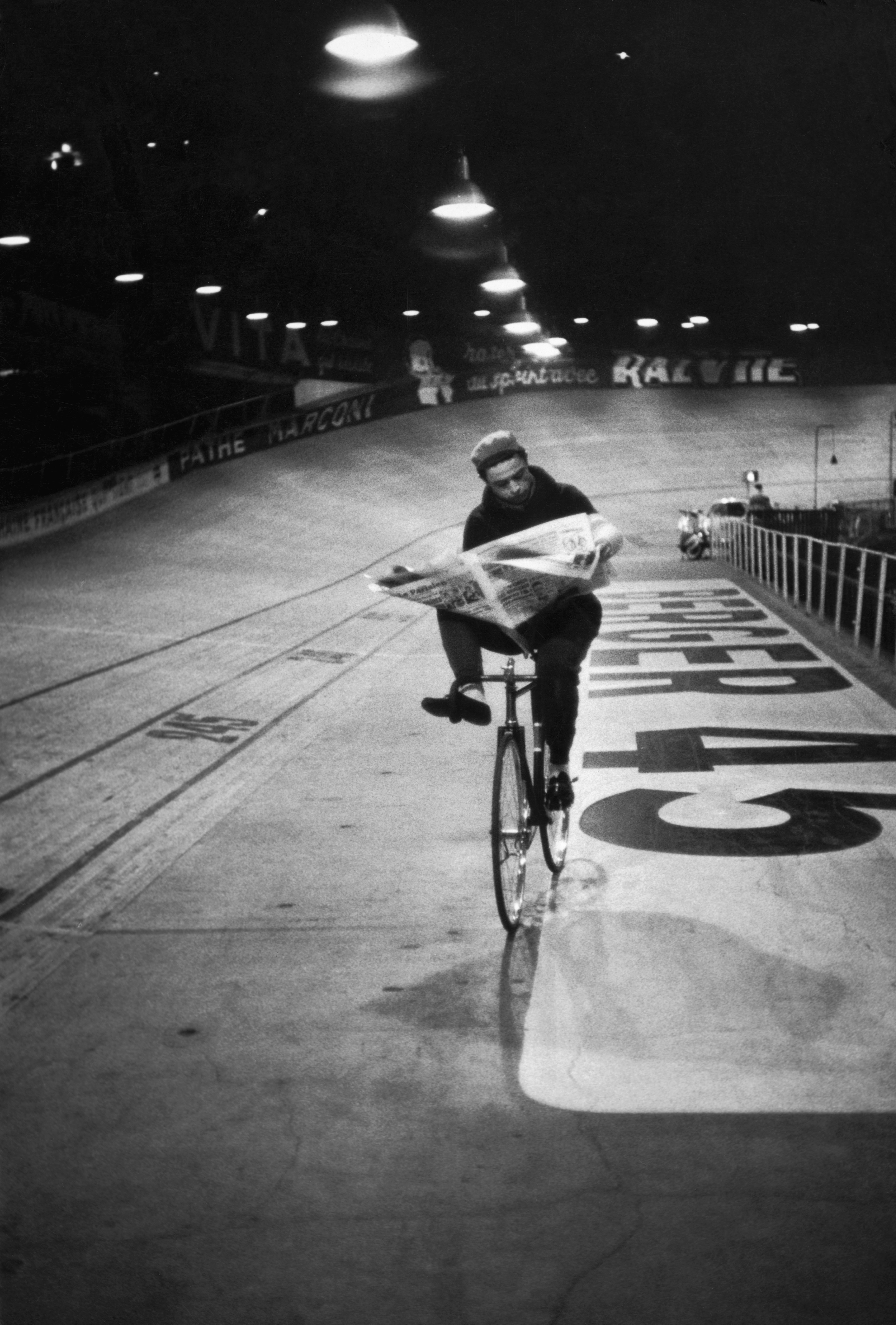Henri CartierBresson Biografía de una Mirada Arboleda Medium

HENRI CARTIERBRESSON MADRID Classic Photographs Photographs Sotheby's
Born in Chanteloup-en-Brie, Seine-et-Marne, Henri Cartier-Bresson developed a strong fascination with painting early on, and particularly with Surrealism.In 1932, after spending a year in the Ivory Coast, he discovered the Leica - his camera of choice after that moment - and began a life-long passion for photography.

OBRA DE HENRI CARTIERBRESSON REGRESA A MÉXICO Origen Noticias
Vienne (French: ⓘ; Arpitan: Vièna) is a town in southeastern France, located 35 kilometres (22 mi) south of Lyon, at the confluence of the Gère and the Rhône.It is the fourth-largest commune in the Isère department, of which it is a subprefecture alongside La Tour-du-Pin.Vienne was a major centre of the Roman Empire under the Latin name Vienna..
Henri CartierBresson, Île de France, 1955, printed ca. 1960s · SFMOMA
Cartier-Bresson was drafted into the French army in 1940. He was taken prisoner by the Germans but escaped on his third attempt and joined the French Resistance. In 1946, he assisted in the preparation of a "posthumous" show of his work organized by the Museum of Modern Art in New York in the mistaken belief that he had been killed in the war.

Henri CartierBresson Biografía de una Mirada Arboleda Medium
Henri Cartier Bresson (22 de agosto de 1908-3 de agosto de 2004) fue un célebre fotógrafo francés considerado por muchos el padre del fotorreportaje. Predicó siempre con la idea de atrapar el instante decisivo, versión traducida de sus «imágenes a hurtadillas».

Henri CartierBresson The legend of the century Dodho
Henri Cartier-Bresson was a French photographer whose humane, spontaneous photographs helped establish photojournalism as an art form. Updated: Apr 13, 2019 (1908-2004) Synopsis Henri.

El fotógrafo francés Henri CartierBresson Zygnus Gallery
From the 1930s, Cartier-Bresson primarily used his Leica 35 mm camera, most often fitted with a 50 mm lens. Its small size was revolutionary at the time, as it freed him from the bulkier medium format cameras that would have made his presence noticeable. Valuing anonymity as a tool to take better candid shots, he often wrapped the camera body.

A fotografia do instante de Henri CartierBresson ISTOÉ Independente
Henri Cartier-Bresson was a French photographer and filmmaker known as a pioneer of street photography. View Henri Cartier-Bresson's 5,141 artworks on artnet. Find an in-depth biography, exhibitions, original artworks for sale, the latest news, and sold auction prices.
+henri-cartier-bresson-camondo-stairs-istanbul-1964.jpg)
shutter Henri CartierBresson (A Different Twist)
Henri Cartier-Bresson, one of the world's greatest photographers, put down his camera nearly 30 years ago after capturing some of the 20th century's greatest historical moments and figures. NPR's.

Galería Henri CartierBresson Trabajos Tempranos Oscar en Fotos
Wikipedia entry Getty record Works 306 works online Henri Cartier-Bresson Rouen 1929 Henri Cartier-Bresson Rouen 1929 Henri Cartier-Bresson France 1929 Henri Cartier-Bresson Dieppe, France 1929 Henri Cartier-Bresson Budapest 1931 Henri Cartier-Bresson Berlin 1931 Henri Cartier-Bresson Warsaw 1931 Henri Cartier-Bresson Quai de Javel, Paris 1932

The Mind’s Eye. Henri CartierBresson in mostra a Napoli. L'eternità in un attimo ArtsLife
Henri Cartier-Bresson ( French: [kaʁtje bʁɛsɔ̃]; 22 August 1908 - 3 August 2004) was a French artist and humanist photographer considered a master of candid photography, and an early user of 35mm film. [1] He pioneered the genre of street photography, and viewed photography as capturing a decisive moment. [2] [3]

FOTOGRAFIA Henri Cartier Bresson, o homem invisível e toda a visibilidade de sua obra Revista
Paris Revisited. For its first exhibition after reopening, the Musée Carnavalet - History of Paris has joined forces with the Fondation Henri Cartier-Bresson, one of the greatest French photographers of the 20th century. The exhibition is revisiting the links between the artist and the city where he always lived and which was a great source of.

Galería Henri CartierBresson Trabajos Tempranos Oscar en Fotos
August 3, 2016. When Henri Cartier-Bresson first picked up a tiny Leica 35mm film camera in 1931, he began a visual journey that would revolutionize 20th-century photography. His camera could be.

Henri CartierBresson une rétrospective magistrale au Centre Pompidou ToutelacultureHenri
Anjou ( French pronunciation: [ɑ̃ʒu] ⓘ) is a commune in the Isère department, region of Auvergne-Rhône-Alpes, southeastern France . Anjou is a commune located in Bas-Dauphiné, some 6 km east by south-east of Roussillon and 10 km north-east of Saint-Rambert-d'Albon. Resting on a south-facing hill and partially sheltered from rain by the.

Pin by Annie Porsa Abstract artist on photography Henri cartier bresson, History of
In 1927, Henri Cartier-Bresson enrolled in André Lhote's academy in Montparnasse to study the technique and theory of Cubist painting. The son of a wealthy textile merchant, he extricated himself from his conservative bourgeois upbringing and entered the bohemian world of the avant-garde. In 1930 he embarked on a year of solitary travel in.

10 Things Henri CartierBresson Can Teach You About Street Photography
Henri Cartier-Bresson, (born August 22, 1908, Chanteloup, France—died August 3, 2004, Céreste), French photographer whose humane, spontaneous photographs helped establish photojournalism as an art form.

Henri Cartier Bresson Maravillosos y pioneros ojos de la vida y el fotorreportaje Cultura
To tell Henri Cartier-Bresson's story and to unravel his work is essentially to tell the story of a look. Throughout the 20th century, this roaming, lucid eye has captured the fascination of Africa in the 1920's, crossed the tragic fortunes of Spanish republicans, accompanied the liberation of Paris, caught a weary Gandhi just hours before his assassination, and witnessed the victory of.